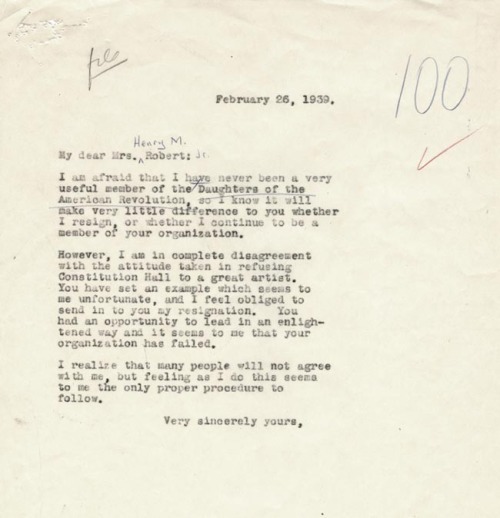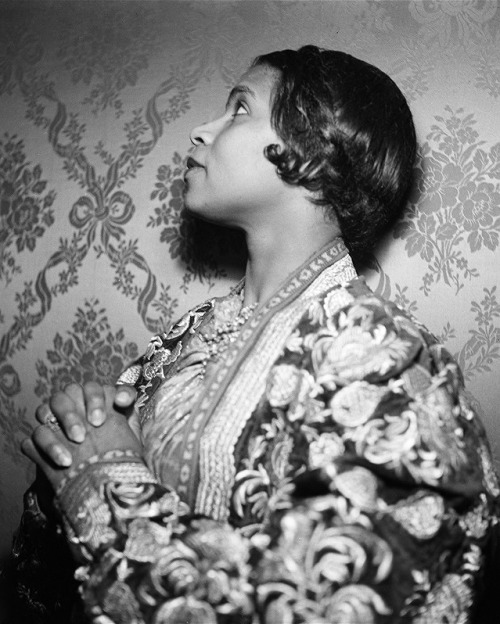#marian anderson
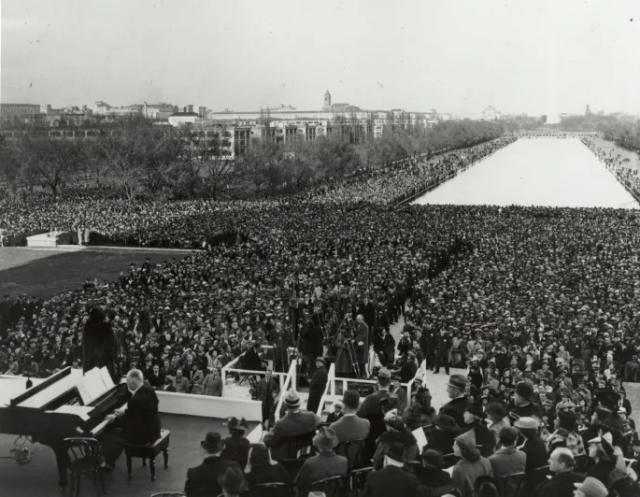
Marian Anderson singing from the steps of the Lincoln Memorial before a crowd of 75,000 people, 4/9/1939. (NARA ID 595378)
Marian Anderson’s 1939 EASTERConcert
By Miriam Kleiman, Public Affairs
Marian Anderson was the Beyoncé of the opera world when she was invited to perform in DC at a concert planned for the Daughters of the American Revolution (DAR) Constitution Hall. The DAR’s decision to bar her from doing so due to its “all-white performer policy” led to a turning point in civil rights history - her historic Easter concert on the steps of the Lincoln Memorial before a crowd of 75,000 admirers. Listen to this incredible concert online and discover through our records:
- Did the Daughters of the American Revolution (DAR) reallyhave an “all-white performer policy”?
- How was First Lady Eleanor Roosevelt involved, and did she really resign from DAR?
- What was the role of Howard University and its Omega Psi Phi Fraternity?
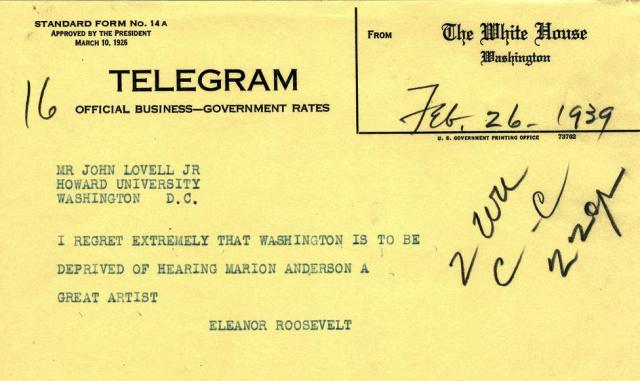
Eleanor Roosevelt to John Lovell, Jr. of Howard University, 2/26/1939.

Eleanor Roosevelt and Marian Anderson in Japan, 5/22/1953, NARA ID 195989.

Petition from Omega Psi Phi, April 1939. (Records of the U.S. Senate, National Archives).

Marian Anderson Poster, 8/26/1957, NARA ID 6948897.

President John F. Kennedy with Singer Marian Anderson and her accompanist Franz Rupp in the Oval Office 3/22/1962. JFK Library ID AR7113-A.
Related upcoming program for kids!
Meet Marian Anderson!National Archives Comes Alive Young Learners Program
Thursday, May 19, 2022 at 11 am EDT, View on YouTube.

See online:
- Pieces of Historypost by Adam Berenbak, Center for Legislative Archives.
- ReDiscovering Black History post by Alexis Hill, Special Media divisione
- Marian Anderson Performs at the Lincoln Memorial, DocsTeach
- Eleanor Roosevelt and Marian Anderson, FDR Library
- Eleanor Roosevelt Resigns from the Daughters of the American Revolution, FDR Library
Today in History: Eleanor Roosevelt Resigns from the DAR in Support of Marian Anderson
Eleanor Roosevelt first met African American contralto opera singer Marian Anderson in 1935 when the singer was invited to perform at the White House.
Ms. Anderson had performed throughout Europe to great praise, and after the White House concert the singer focused her attentions on a lengthy concert tour of the United States. Beginning in 1936, Anderson sang an annual concert to benefit the Howard University School of Music in Washington, DC. These benefit concerts were so successful, that each year larger and larger venues had to be found.
In January 1939, Howard University petitioned the Daughters of the American Revolution (DAR) to use its Washington, DC auditorium called Constitution Hall for a concert to be scheduled over Easter weekend that year. Constitution Hall was built in the late 1920s to house the DAR’s national headquarters and host its annual conventions. It seated 4,000 people, and was the largest auditorium in the capital. As such, it was the center of the city’s fine arts and music events universe.
However, in 1939, Washington, DC was still a racially segregated city. As part of the original funding arrangements for Constitution Hall, major donors had insisted that only whites could perform on stage.This unwritten white-performers-only policy was enforced against African American singer/actor Paul Robeson in 1930. Additionally, blacks who attended events there were seated in a segregated section of the Hall.
The organizers of Marian Anderson’s 1939 concert hoped that Anderson’s fame and reputation would encourage the DAR to make an exception to its restrictive policy. But the request was denied anyway, and despite pressure from the press, other great artists, politicians, and a new organization called the Marian Anderson Citizens Committee (MACC), the DAR held fast and continued to deny Anderson use of the Hall.
On February 26, 1939, Mrs. Roosevelt submitted her letter of resignation to the DAR president, declaring that the organization had “set an example which seems to me unfortunate” and that the DAR had “an opportunity to lead in an enlightened way” but had “failed to do so.” That same day, she sent a telegram to an officer of the Marian Anderson Citizens Committee publicly expressing for the first time her disappointment that Anderson was being denied a concert venue. Read More
Images:
Eleanor Roosevelt’s DAR resignation letter, 2/26/39.
Eleanor Roosevelt to John Lovell, Jr. of Howard University. February 26, 1939.
Post link
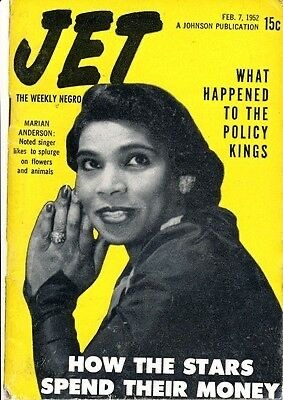
#ThisWeekInJET inspired by @byshefon on Twitter. Marian Anderson, African American opera singer is on the cover of Jet Magazine in February 7, 1952. Google books has archived editions of magazines such as Jet, Ebony, and Negro Digest.
Marian Anderson broke the color barrier at the Metropolitan Opera in 1955 when she starred in Verdi’s Un Ballo en Maschera. A new live recording of her performance has just been released. To hear her sing phrases like “Il tetto mio penetra,” in her big Act 1 aria, is to hear a voice that Arturo Toscanini said comes around only once in a century.
Post link

